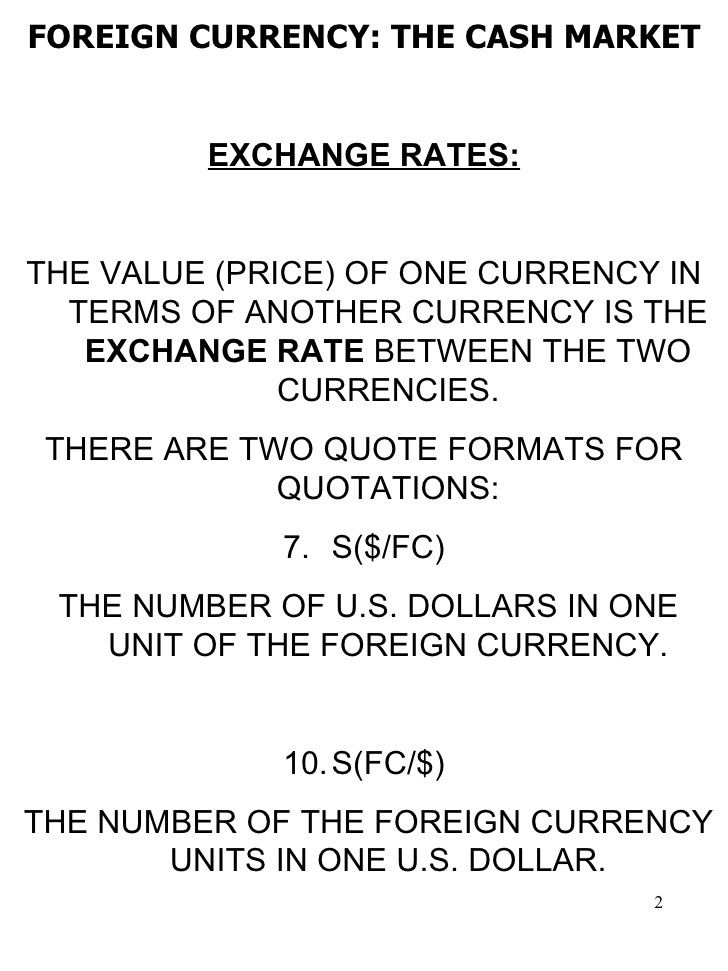Introduction To Currency Futures_2
Post on: 27 Май, 2015 No Comment

Overview
The Israeli New Shekel (ILS) is the currency of the State of Israel and is issued by the Bank of Israel. The name Shekel derives from an ancient unit of weight of approximately one ounce or 12 grams.
The currency is fully convertible, and is traded on currency futures contracts in the foreign exchange market. It replaced the old Israeli Shekel in 1986, which replaced the Israeli Lira in 1980.
The Israeli New Shekel is divided into 100 agorot. Coins currently in circulation include 10 agorat, shekel, 1 shekel, and 2, 5, and 10 shekalim.
Economy

- Israel has a technologically advanced market economy. It ranks highly in innovation surveys. It has a high number of startup companies, and the largest number of NASDAQ listed companies outside North America. The country joined the OECD in 2010.
- Imports include crude oil, grains, raw materials, and military equipment. Exports include cut diamonds, high-technology equipment, and agricultural products (fruits and vegetables). Sizable trade deficits are offset by tourism and other service exports, along with significant foreign investment inflows.
- The global financial crisis of 2008-09 caused a brief recession in Israel, but the economy has recovered better than most economies due to prudent fiscal policy and a resilient banking sector.
- In mid-2011, public protests arose around income inequality and rising housing and commodity prices. The government has formed committees to address some of the grievances.
- Natural gasfields discovered off Israel’s coast have improved the outlook for Israel’s energy security. The Leviathan field is one of the world’s largest offshore natural gas finds in the past decade.
History
- The Israeli Lira was the currency of the State of Israel from August 1948. From the 1960s onwards, a debate raged over the non-Hebrew name of the currency, resulting in a law ordering the currency to be replaced by the Shekel. The government introduced the Shekel on 24 February, 1980, at a rate of 1 Shekel = 10 Lirot.
- The Shekel (like the Lira before it) suffered frequent devaluations against the US Dollar and other foreign currencies. After a period of high inflation and as a result of a 1985 Economic Stabilization Plan, the Israeli New Shekel was introduced on January 1, 1986, at a rate of 1 New Shekel = 1000 Old Shekalim.
- Since the introduction of the Israeli New Shekel, the Bank of Israel and the government of Israel have maintained careful fiscal and monetary policies, resulting in a stable currency.
- The Israeli New Shekel has been freely convertible from January 1, 2003, and is exchanged by consumers in many parts of the world. On May 26, 2008, CLS Bank International announced that it would settle payment instructions in the currency, making it fully convertible.
- Derivatives trading in the currency started on the Chicago Mercantile Exchange on May 7, 2006. This makes the Israeli New Shekel one of only a dozen currencies for which there are widely available currency futures contracts in the foreign exchange market.
- Israel has no mint to produce its banknotes, which are printed in Switzerland, or coins, which are minted in South Korea.














